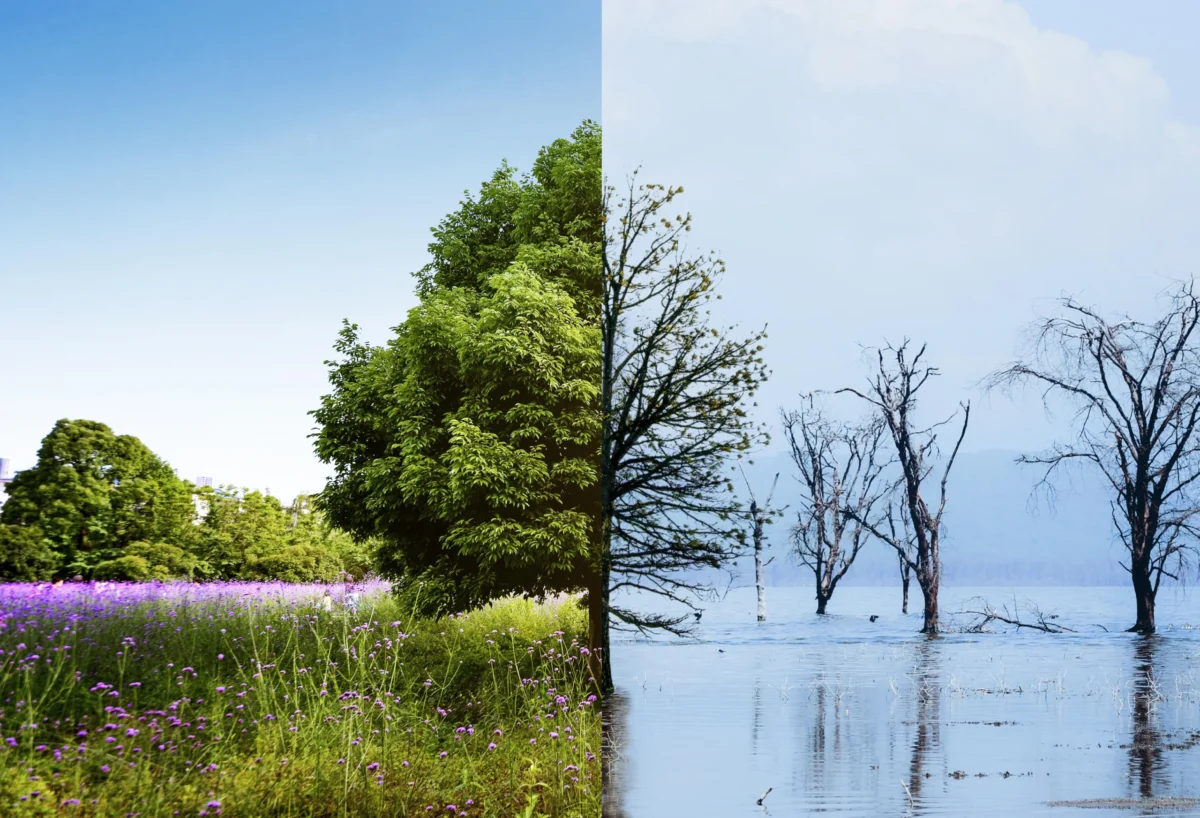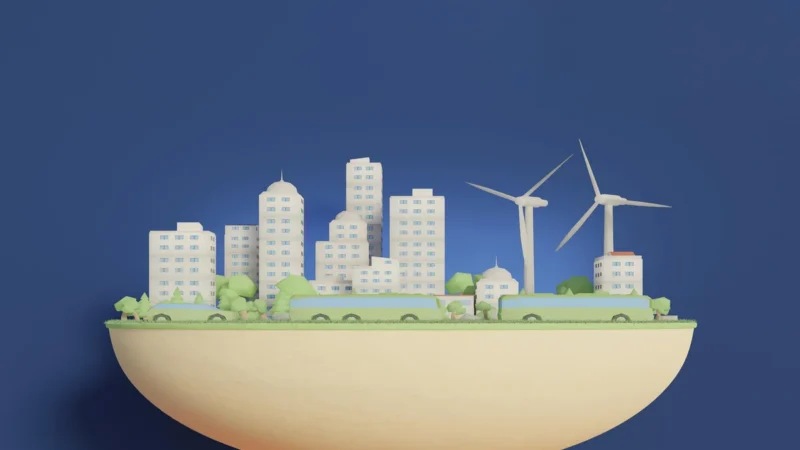Adaptation to Climate Change: The Necessity for Global Sustainability and How to Take Action

Climate change has become a pressing issue in recent times, with temperatures increasing at an unprecedented rate. The effects of climate change can be seen in the form of rising sea levels, more frequent and severe natural disasters, and increased heat waves, among other things. The ability of ecosystems and societies to adapt to these changes is critical for ensuring global sustainability. In this article, we will discuss the importance of adaptation to climate change and its relevance to global sustainability.
What is Adaptation to Climate Change?
Adaptation to climate change refers to the process of adjusting to the effects of climate change in order to minimize the negative impacts and take advantage of any potential benefits. This can involve a wide range of activities, from infrastructure upgrades to changes in land-use practices to the development of new technologies. Essentially, adaptation to climate change involves taking proactive steps to prepare for and mitigate the effects of a changing climate.
Why is Adaptation to Climate Change Important?
Adaptation to climate change is critical for global sustainability for several reasons. First, climate change is already happening and is likely to continue for the foreseeable future, regardless of what actions are taken to mitigate it. Therefore, adaptation is necessary to minimize the negative impacts of climate change on ecosystems and societies.
Second, many of the negative effects of climate change, such as sea level rise and more frequent natural disasters, disproportionately affect vulnerable populations, such as those living in poverty or in coastal areas. Adaptation is necessary to ensure that these populations are protected and can continue to thrive.
Finally, adaptation can also create opportunities for economic development and innovation. For example, developing new technologies to adapt to a changing climate can create new industries and jobs, while investments in infrastructure can lead to increased resilience and productivity.
How Can We Adapt to Climate Change?
There are many ways in which we can adapt to climate change. One approach is to invest in infrastructure that can withstand the effects of a changing climate, such as sea walls and flood control systems. Another approach is to change land-use practices to reduce vulnerability to natural disasters and other climate-related events. For example, protecting and restoring wetlands can help reduce the risk of flooding, while planting trees can help reduce the urban heat island effect.
In addition, new technologies and innovations can play an important role in adaptation to climate change. For example, developing new drought-resistant crops or heat-tolerant livestock can help ensure food security in regions affected by climate change. Similarly, developing new energy technologies, such as renewable energy sources, can help reduce greenhouse gas emissions and mitigate the effects of climate change.
Frequently Asked Questions :
Q: What is the difference between adaptation and mitigation?
A: Adaptation refers to the process of adjusting to the effects of climate change, while mitigation refers to the process of reducing greenhouse gas emissions in order to slow down or stop climate change.
Q: Who is most affected by climate change?
A: Vulnerable populations, such as those living in poverty or in coastal areas, are often most affected by climate change.
Q: What are some examples of adaptation to climate change?
A: Examples of adaptation to climate change include investing in infrastructure that can withstand the effects of a changing climate, changing land-use practices, and developing new technologies and innovations.
Q: Why is adaptation to climate change important for global sustainability?
A: Adaptation to climate change is important for global sustainability because it minimizes the negative impacts of climate change on ecosystems and societies, protects vulnerable populations, and creates opportunities for economic development and innovation.
Intergovernmental Panel on Climate Change | National Oceanic and Atmospheric Administration (NOAA)


